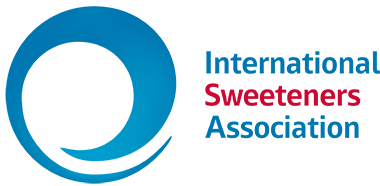Abstract
This research examined the intakes of six low- and no-calorie sweeteners (LNCS) (acesulfame-K, aspartame, cyclamate, saccharin, steviol glycosides, and sucralose) by the Brazilian population using an added sugar substitution approach. Detailed exposure modelling requires the use of proprietary concentration data, which can be difficult to obtain. Two exposure models were conducted using nationally representative food consumption data. The first model (‘per person’) estimated added sugar intakes on an individual person basis, replacing 50% of added sugar intakes >10% total energy with each LNCS considering sucrose sweetness equivalence. The second model (‘per food’) replaced 50% of the added sugar content in foods and beverages with each LNCS, incorporating sucrose sweetness equivalence and Brazilian tonnage data. Both models predicted that intakes would be below the JECFA ADI for five of the six LNCS in all population groups examined (≥10 years) for average and heavy consumers. For cyclamate, exceedance of the ADI was determined for all age groups amongst heavy consumers in the ‘per person’ model, while estimated intakes in the ‘per food’ model were below or reached the ADI for the cohort. Additional research is needed for younger age groups to confirm whether these findings are applicable to the entire Brazilian population.
Summary
Following recommendations from the World Health Organisation (WHO) to reduce sugars in the diet to less than 10% of the total energy intake, countries such as Brazil have also implemented policies to limit excess sugar consumption. One of the strategies to achieve sugar reduction is the replacement of sugar with low/no calorie sweeteners (LNCS), hence, the importance to monitor their consumption in light of their respective Acceptable Daily Intakes (ADI).
The current study looks at intakes of six low/no calorie sweeteners (acesulfame-K, aspartame, cyclamate, saccharin, steviol glycosides, and sucralose) in Brazil, using added sugar consumption data from the Brazilian National Dietary Survey together with LNCS usage patterns on the Brazilian market and their sweetness equivalence with sucrose.
In both models conducted by the authors the intake of all LNCS, except cyclamate, were below the ADI for all population groups. For cyclamate, intake was above the ADI in some scenarios though the supposed direct replacement with sucrose may not be realistic for such sweetener that is normally used in lower amounts and in combination with other LNCS (due to its high sucrose sweetness equivalence).
Another recent study assessed intake of LNCS by the Brazilian population and confirmed that intake of LNCS does not exceed their respective ADI (Barraj et al., 2020).

